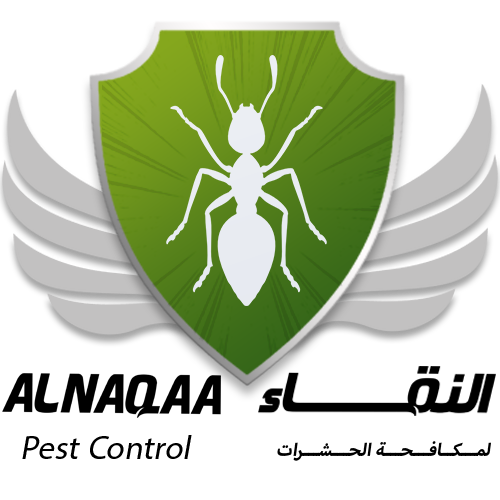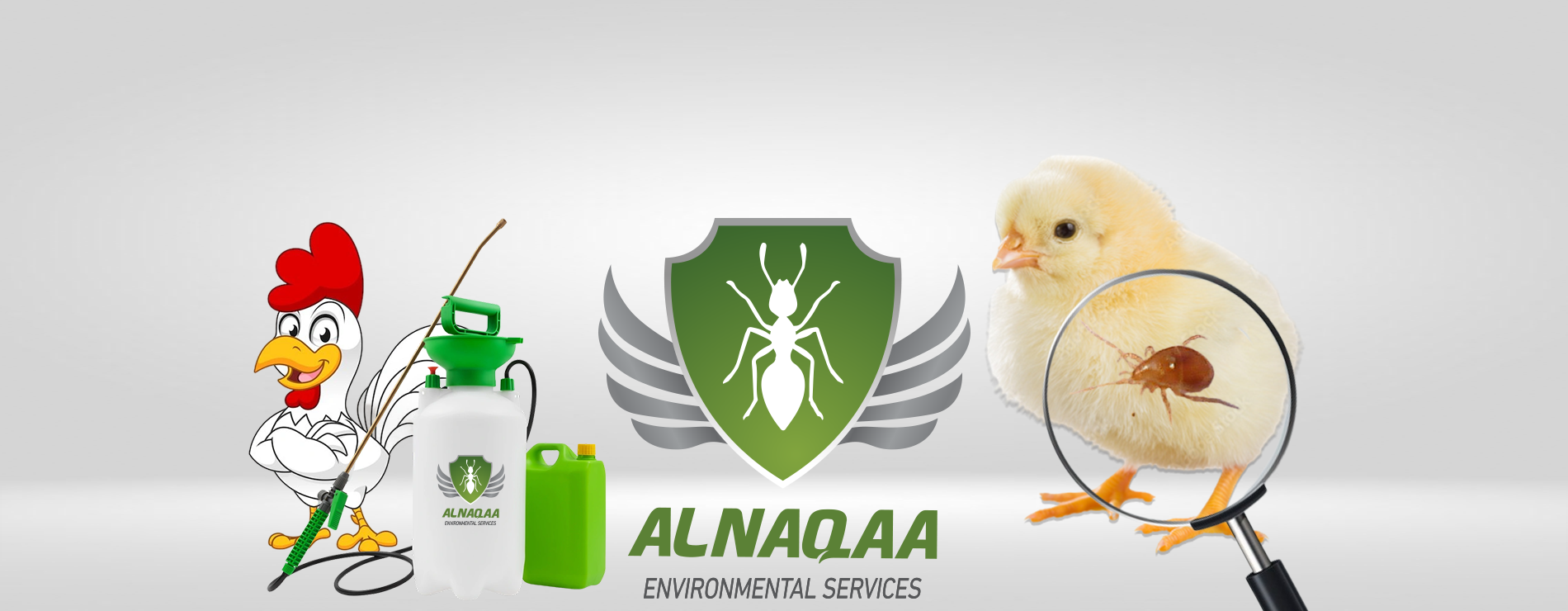Poultry Mites are a disaster! How do we get rid of it?
How to identify it:
The White Mite or Poultry Mite is a parasitic mite that feeds on the blood of birds and mammals. It is widespread worldwide and affects various species of birds and animals, including farm birds, domestic animals, and laboratory animals.
- The White Mite appears small, with a length ranging from 0.5 to 1.0 millimeters.
- It has a transparent or white-colored body.
- It has eight legs and is characterized by claws on its legs that allow it to grip its prey.
- It can easily camouflage itself among dirt and debris in its environment.
Feeding: The White Mite feeds on the blood of its hosts, attaching to the skin of birds and animals and using its bite to suck blood.
Role in disease transmission: The White Mite is considered medically and economically important as it can transmit diseases from one host to another. For example, it can transmit viruses and bacteria from infected birds to other birds, leading to the spread of diseases.
Negative effects:
- The White Mite can cause blood loss and weakness in its host, negatively impacting their performance and health.
- The spread of the mite in farms and barns can lead to economic losses due to decreased egg and meat production.
Controlling the White Mite:
- Control measures for the mite include the use of chemical pesticides and preventive measures such as cleaning and sanitizing the environment around the hosts.
- Eliminating the mite requires continuous and systematic treatment, involving the eradication of mites in the environment and on affected animals.
Research continues in the field of White Mite control and monitoring to develop more effective and safe methods to deal with this parasite and mitigate its harmful effects.
Can it infest homes?
Yes, the White Mite (Dermanyssus gallinae) can infest homes in certain cases. Although it primarily lives on the blood of birds and animals, in some situations, it can transfer to homes and cause problems. There are several ways through which the mite can enter homes:
- Through pets: If you have pets like birds or rodents, there is a possibility of the mite being transferred from the animals to your home. The mite can live in areas where the animals are present and can be carried into your home on your clothing or pet care items.
- Through clothing and tools: If you work with birds or animals outside the home, the mite can attach itself to your clothing or tools and be carried into your home.
- Through ventilation and open windows: The mite can sneak into homes through open windows or openings in walls if the area is infested with the mite.
- Areas near barns and farms: If you live in proximity to areas with barns or farms, there is a possibility of the White Mite being present in nearby areas and then entering your home.
Signs of a White Mite (Dermanyssus gallinae) infestation in a home can vary and depend on the extent of the infestation and the types of host animals involved.
Here are some signs that may indicate a White Mite infestation:
- Itching and Irritation: If you have pets living in your home and they begin to exhibit excessive itching or irritation in specific areas of their skin, it could be a sign of a mite infestation. Infested animals may appear restless and constantly scratch their skin.
- Visible Mites: In severe cases of infestation, you may be able to see the mites with the naked eye. White Mites appear transparent or white in color, although they can be difficult to identify due to their small size and camouflaging abilities.
- Blood Spots: You may notice small blood spots on furniture or surfaces, resulting from mite bites and their feeding on infested animals.
- Mite Accumulation: In severe infestations, mites can accumulate in specific areas such as bedding or animal bedding. You might discover clusters of mites in these areas.
- Altered Animal Behavior: Animals may exhibit abnormal behavior due to itching and discomfort caused by the mites. Changes in sleeping habits or restlessness in animals may be observed.
- Decline in Health: In severe cases, mite infestations can lead to a decline in the overall health of the animals. Affected animals may become weak, lose their appetite, and experience decreased activity levels.
- Close Inspection: To confirm the presence of mites, you can closely examine animals using a magnifying glass, especially in areas where itching or irritation is evident.
Precautions to Prevent White Mite Entry into the Home:
- Clean and sanitize pet areas: Regularly clean and sanitize areas where your pets reside.
- Check clothing and tools: Inspect clothing and tools used when interacting with animals to ensure they are free of mites.
- Keep windows closed or use screens: Keep windows and doors closed or use insect screens to prevent mites from entering your home.
- Avoid areas near barns and farms: If you suspect mite infestations in nearby areas, avoid them to minimize the risk of mites entering your home.
If you suspect that your home has been infested with White Mites, you can take several steps to combat and eliminate them. Here are some measures that can help:
- Deep cleaning and ventilation: Thoroughly clean your home using vacuums and carpet cleaners to remove dust and dirt. Open windows and doors for proper ventilation.
- Launder and sanitize: Wash pet bedding, blankets, and upholstery regularly with hot water, which can help eliminate mites.
- Regular inspection: Regularly inspect areas suspected of mite presence, such as bedding, corners, dark, and damp areas.
- Remove food sources: Reduce mite food sources by disposing of pet food remnants and cleaning dark and damp areas where they may thrive.
- Biological control: Some predators, like predatory mites, can be used to control White Mites. Consider introducing these predators naturally to help manage the infestation.
- Use insecticides: Look for insecticides that are safe for indoor use and effective against mites. Follow usage instructions carefully and apply them in affected areas.
Ensure you take precautions when using insecticides and avoid direct exposure. Eliminating mites may take time and effort, and you may need to repeat treatments to ensure effective control.
If the infestation is severe or persistent, it is advisable to consult with pest control experts or professionals experienced in pest management at “Al Naqaa for insect control in Ras Al Khaimah “to assess the situation and provide proper guidance on eradicating the mites and preventing their spread. Be sure to get detailed instructions from pest control experts at “Al Naqaa for insect control in Ras Al Khaimah “on what to do after treatment and necessary preventive measures to maintain your and your family’s safety.
Top of Form






